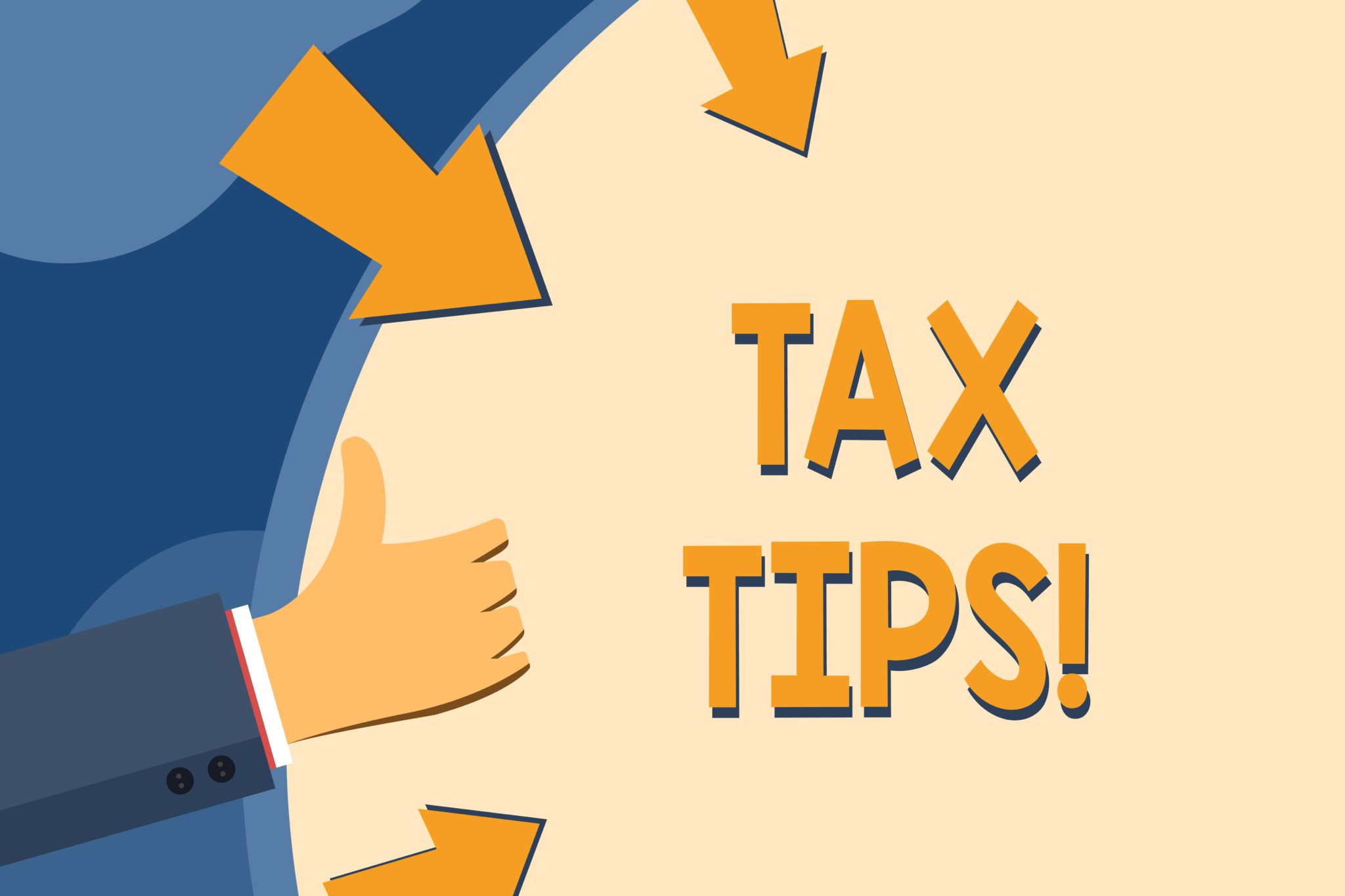IRS guidance on the 100% business meal deduction
Generally, otherwise allowable business meal expenses are only 50% deductible. But legislation passed in 2020 temporarily lifted the 50% limitation. Now, businesses can deduct 100% of the cost of food or beverages “provided by a restaurant” in 2021 and 2022.
In Notice 2021-25, the IRS provided some guidance on when the 100% deduction is available. According to the IRS:
- “Restaurant” is defined as a business “that prepares and sells food or beverages to retail customers for immediate consumption,” whether or not they’re consumed on the premises.
- “Restaurant” doesn’t include businesses that primarily sell pre-packaged food or beverages not for immediate consumption — such as grocery stores, specialty food stores, liquor stores, drug stores, convenience stores, newsstands, vending machines or kiosks.
- For purposes of the 100% deduction, employers may not treat the following as a restaurant: 1) any eating facility located on the employer’s premises that provides meals that are excluded from employees’ income as “furnished for the convenience of the employer,” and 2) any employer-operated eating facility treated as a de minimis tax-free fringe benefit, even if it’s operated by a third party under contract with the employer.
Retirement saving strategies: the “mega backdoor” Roth IRA
Income limits for Roth IRAs prevent many high earners from contributing directly to these tax-advantaged accounts. But there are strategies you can use to bypass these limits. For example, a “backdoor” Roth IRA enables you to make nondeductible contributions to a traditional IRA and then quickly convert it into a Roth IRA before it generates taxable earnings. One drawback to this strategy is that your total contributions to IRAs (including nondeductible contributions) are limited to $6,000 per year ($7,000 if you’re 50 or older).
Another technique — the “mega backdoor” Roth IRA — may allow you to fund a Roth IRA with considerably more each year, but it’s available only under limited circumstances. You must participate in an employer’s 401(k) plan that permits after-tax contributions and allows rollovers or withdrawals while you’re still working.
If that’s the case, here’s how you can take advantage of a mega backdoor Roth IRA: Each year, you make the maximum pre-tax contribution to the 401(k) plan (currently $19,500, or $26,000 if you’re 50 or older). Then, you make after-tax contributions up to the limit on total contributions (currently $58,000). So, for example, if you’re under 50 and your employer doesn’t make matching contributions, you can make after-tax contributions up to $38,500 ($58,000 – $19,500). This amount is then rolled over into a Roth IRA.
© 2021


